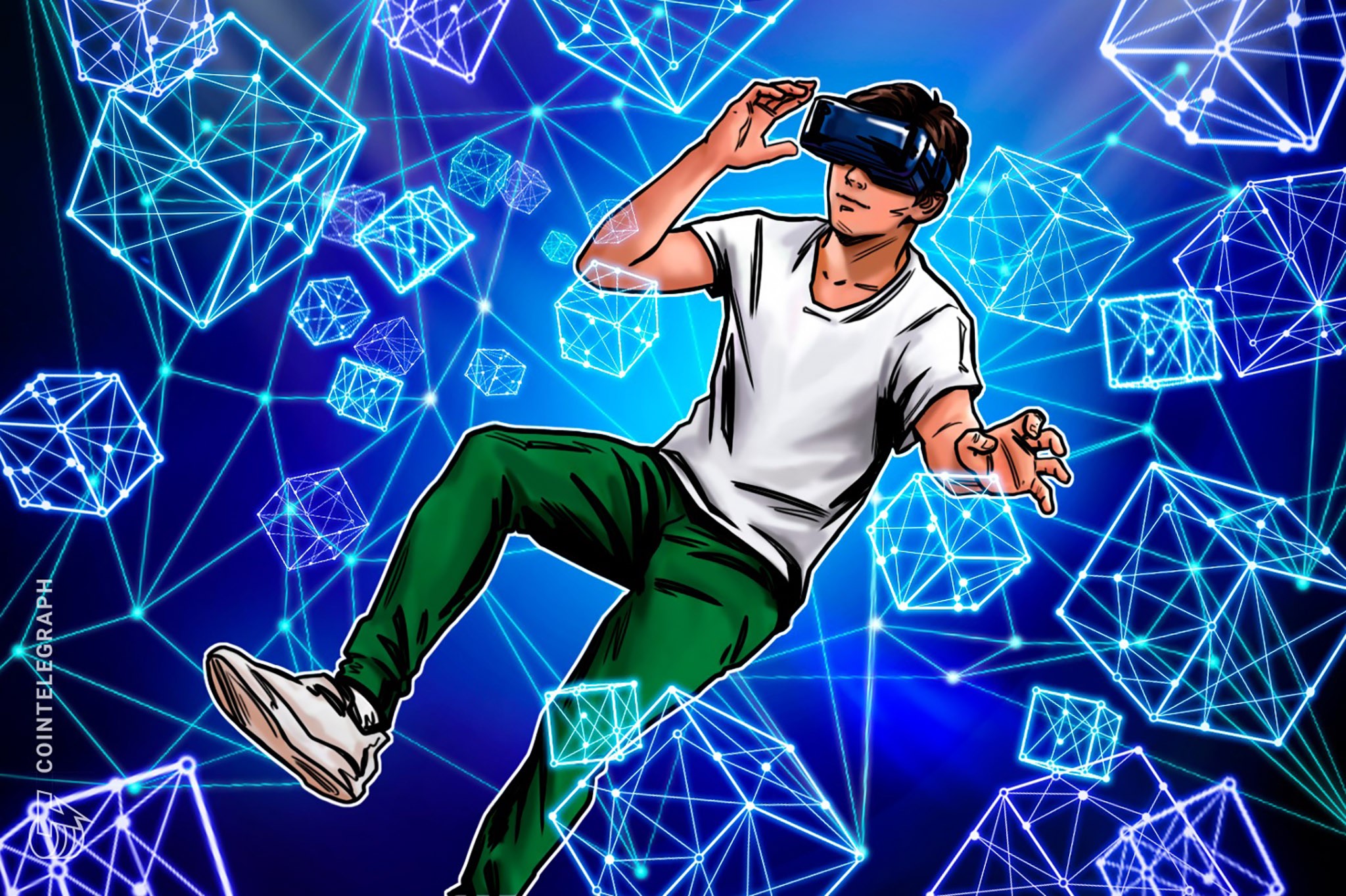
Ryan Wyatt deciphers the the possibilities for AI to help gamers and game developers achieve.
The world embraced artificial Intelligence (AI), hoping to see it transform complex and day-to-day processes. While generative AI models won millions of users, discussions around the transformative potential of AI in all walks of life became mainstream.
Today, AI is being tested across all business verticals as entrepreneurs challenge the status quo, streamlining and automating processes in varying industries. This drive also resurrects ecosystems that have lost their vigor over years of trial and error.
In the quest to find the true potential of this technology, humanity continues to infuse AI elements into existing systems in the hopes of outperforming current limitations.
The gaming ecosystem sees AI as a means to supersede incremental upgrades. From reutilizing seasoned hardware to squeezing out the price-performance ratio from the latest graphics processing units (GPUs), the gaming industry sees AI’s potential to redefine how gamers of the future will consume their products.
“AI will be one of the most important tools for game developers to improve their work output and production, and unlock rich and new experiences for gamers,” said Ryan Wyatt, the former global head of gaming partnerships at Google and former head of gaming at YouTube.
Wyatt’s exposure to gaming — on both professional and personal fronts — allowed him a special viewpoint at the intersection of a gamer’s wishful thinking and an entrepreneur’s reality check.
Wyatt garnered over two decades of gaming experience before entering crypto as the CEO of Polygon Labs, eventually retiring as the president to take up an advisory role for the blockchain company.
Speaking to Cointelegraph, Wyatt reveals how AI could potentially transform the gaming ecosystem and what it could mean for the future of blockchain gaming.
Cointelegraph: What is the role of AI in the gaming ecosystem?
Ryan Wyatt: The term “AI in gaming” has been overused to the point of exhaustion. In my opinion, it is simply another powerful tool in the developer’s toolkit, which is already extensive and continues to grow. This expansion of toolsets — AI being one of them — will enable a variety of new gaming experiences that we have never seen before and allow game developers to do more. We often talk about AI as a replacement for the work being done in gaming, but I strongly disagree. I see it as a powerful tool that will allow game teams, both small and large, to do more than they ever could before, which may require human resources to be leveraged differently but not minimize or diminish the importance of the many roles required to make a game. And in return, gamers will get to experience games that were never deemed possible before.
CT: Can AI potentially take up the heavy computational tasks that currently rely solely on GPUs? Do you think AI could allow us to repurpose legacy systems that contribute to e-waste, or is it just wishful thinking?
RW: This is a tough one. I do think it is wishful thinking to assume that AI can repurpose all these legacy systems and reduce e-waste. Based on the track record of how hardware has grown and advanced so much over the last two decades, there’s no indication to believe we’re moving in the right direction here, as we’ve continued to increase e-waste over the last 10 years. From a technology standpoint, we’re constantly evolving, and the necessity and demand to expand on hardware, specifically with the GPU, continues to increase significantly. I believe there will be a number of optimizations that AI can introduce to the problem: offloading more resources to the CPU, optimizing for legacy systems, etc., but I think it’s wishful thinking to assume we can reduce e-waste as we continue to push the limits of technology and hardware to create things that were never imaginable before. This seems like a problem that isn’t going to be meaningfully resolved over the next decade, and, in fact, I anticipate it to get worse before it gets better, with AI exacerbating the issue in a 5–10 year time horizon.
CT: If AI could be used for graphics optimization, unlimited (free world) map rendering or a storyline that never ends, but you could choose only one, which one would you choose as a gamer, and why?
RW: This is a matter of personal preference, but I hope we see both. I believe that storylines and NPCs [non-player characters] could evolve greatly from where they are today. We have seen amazing and beautiful open worlds expand in parallel with computational and hardware improvements. While not unlimited, expanding worlds have played a meaningful role in games over the last decade.
Recent: FTX’s $3.4B crypto liquidation: What it means for crypto markets
To me, one area that needs to evolve is how we engage with NPCs in games. This has been rather archaic for quite some time and has largely relied on linear lines of pre-programmed communication and dialogue. This is already changing with companies like Inworld AI and the work they are doing; their tech helps a game developer craft unique and memorable AI NPCs with its fully integrated character engine.

Their engine goes beyond large language models (LLMs) by adding configurable safety, knowledge, memory and other controls in place. The characters then have distinct personalities and contextual awareness, which is insane to see from a gamer’s perspective.
We haven’t had these kinds of dialogue interactions inside of games before, so it’s hard to wrap your head around how it will change the industry because it’s just something that was once unfathomable. Once these developer tools are seamlessly integrated into proprietary engines of large AAA publishers, you’ll see a new era of immersive game experiences. I also believe you’ll see a huge burden lift on the game development cycle that will allow for expansive worlds by not just large studios with companies like Kaedim; you effectively reduce all of the hours lost in modeling by simply generating stunning 3D art with nothing more than an image. These are the types of tools that are going to advance and multiply game development and usher us into a new era of gaming.
The interesting thing is the collision of both of these topics over the next decade!
CT: What are your thoughts on blockchain gaming? How did you find it different from traditional/mainstream titles?
Blockchain gaming is another tool in the toolbelt for game developers and gamers to change the way we interact with games. By storing assets and information on a blockchain, which is not owned by any intermediary, we can expand upon value exchange between game developers, users and gamers (peer-to-peer). This is done inefficiently today, and although some examples come close, such as CS:GO, it is still far from perfect.
The entire crypto space is going through a much-needed reset, washing away bad actors, and from the dust, you will see true, well-intended pioneers and innovators emerge. The unfortunate abuse of the financial aspects of crypto has made many game developers, especially in the West, apprehensive about incorporating blockchain technology into their gaming infrastructure stack, which I believe is temporary.
However, in the East, we are seeing top gaming developers (e.g., Square Enix and Nexon) fully commit to blockchain gaming due to the new game mechanics and relationships that can be created between gamers and developers. I fully expect the re-emergence of blockchain conversations being driven by the application layer in 2024 to 2025, which will do a better job of illustrating the power of launching games on blockchain infrastructure stacks, even if only certain aspects of games are built on them. The last three years of crypto have been dominated in conversation at the infrastructure (blockchain) layer and finance (decentralized finance (DeFi) sector, and ironically, the abuse has come from bad actors of centralized platforms (such as FTX) that don’t even embrace the core values of decentralization.
CT: From a gamer’s perspective, what do you think AI can do to help the widespread adoption of blockchain gaming?
RW: I’m not sure if blockchain gaming will become widely adopted anytime soon; we’re still years out from this, and there are great companies that are pushing the envelope here, like Immutable, but I do think that as AI becomes materially indistinguishable from reality, there is value in blockchains holding accountability over the advancement of AI. This is because blockchains are transparent and immutable, meaning that they can be used to track and verify the provenance of AI-generated content. This is important because it will help to ensure that AI is used ethically and responsibly and that it does not create harmful or misleading content.
I am certain that we will see blockchains in the future host authentic and verifiable information in a world where things coming from AI become indistinguishable from reality. This is because blockchains provide a secure and tamper-proof way to store data, which is essential for ensuring the authenticity and reliability of AI-generated content.
CT: Despite the involvement of the people behind mainstream titles, the blockchain gaming industry has not taken off, unlike other crypto sub-ecosystems. What could have been done differently?
RW: I think this is largely misguided due to timing expectations and the underwhelming first iteration of blockchain games. Game development cycles are so long, and the first batch of blockchain games were either rudimentary, rushed to market, had the wrong incentive mechanisms, were not highly produced or had other issues. There also have been blockchain infrastructure woes that have needed time to overcome, [such as] gas costs, difficult user journeys to navigate and other infrastructure challenges that are just now starting to be resolved by layer-1 and layer-2 protocols.
However, I’ve seen a lot of amazing blockchain games in development that will be released in 2024 to 2025. These games will truly explore the uniqueness that blockchain games have to offer. Games are such a monumental lift to create, and the ones that go deep with either small or large teams will ultimately need more time to show their work. There has been an outsized amount of capital deployed into blockchain games, in the several billions of dollars, and we’ve only seen a single-digit percentage of releases from that cohort of investment.
CT: What went wrong with blockchain gaming? Why don’t gamers buy into the idea of play-to-earn?
Play-to-earn as a philosophy isn’t that crazy. Game developers are always looking to reward gamers for spending more time in their game because longer session times equate to more value, which is captured by the game developer. So, conceptually, this idea of putting time into a game and being rewarded for it isn’t a new game mechanic.
Play-to-earn in blockchain games tries to expand upon this concept of value exchange from developer to player.
Magazine: Blockchain detectives: Mt. Gox collapse saw birth of Chainalysis
However, the economies are really difficult to balance when you don’t have the autonomy over every aspect of them due to the nature of them being decentralized. Ultimately, this has either led to pure abuse of the category, unfortunate attempts to do right and fail or will need more tinkering to ultimately find the right token and economic strategy.
CT: Speaking from a different angle, what benefit could AI and blockchain bring to mainstream gaming? What could compel developers to adopt and infuse the tech into their existing gameplay?
RW: There is certainly a chicken-and-egg issue here. Game developers need to push the limits of what these technologies can do, learn from it, iterate on it and then showcase it to gamers to see if this is what they truly want. But at the end of the day, the large games continue to dominate viewership on YouTube and Twitch.
Steam’s top games, such as DotA and CS, have remained juggernauts, and breakout hits like Minecraft and Roblox are generational unicorns. Both of these games took over a decade to materialize into what we know them to be today. In order to achieve mass adoption, you will need to see these games permeated with the technology. I believe that both of these technologies — AI and blockchain — will have breakout moments from native app developers and indie game devs. However, for true mass adoption, larger players will inevitably need to incorporate the technology.
Disclaimer: Wyatt is an angel investor in many AI, Gaming and blockchain companies, including Immutable and Kaedim, both of which are mentioned in his responses.
Collect this article as an NFT to preserve this moment in history and show your support for independent journalism in the crypto space.

You can get bonuses upto $100 FREE BONUS when you:
💰 Install these recommended apps:
💲 SocialGood - 100% Crypto Back on Everyday Shopping
💲 xPortal - The DeFi For The Next Billion
💲 CryptoTab Browser - Lightweight, fast, and ready to mine!
💰 Register on these recommended exchanges:
🟡 Binance🟡 Bitfinex🟡 Bitmart🟡 Bittrex🟡 Bitget
🟡 CoinEx🟡 Crypto.com🟡 Gate.io🟡 Huobi🟡 Kucoin.









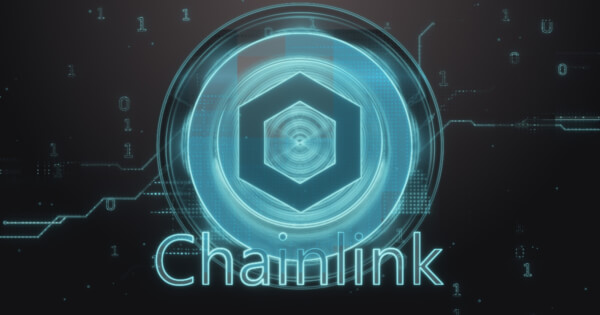


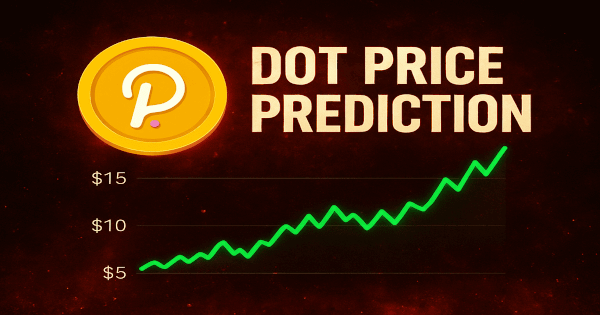

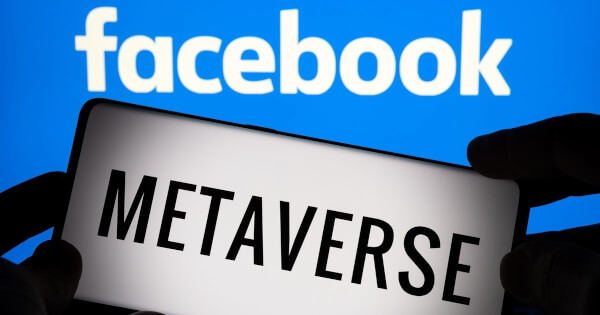
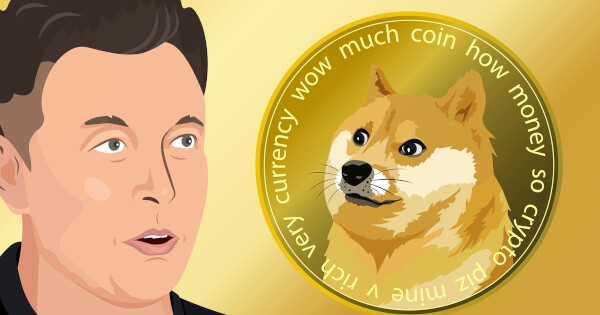
Comments